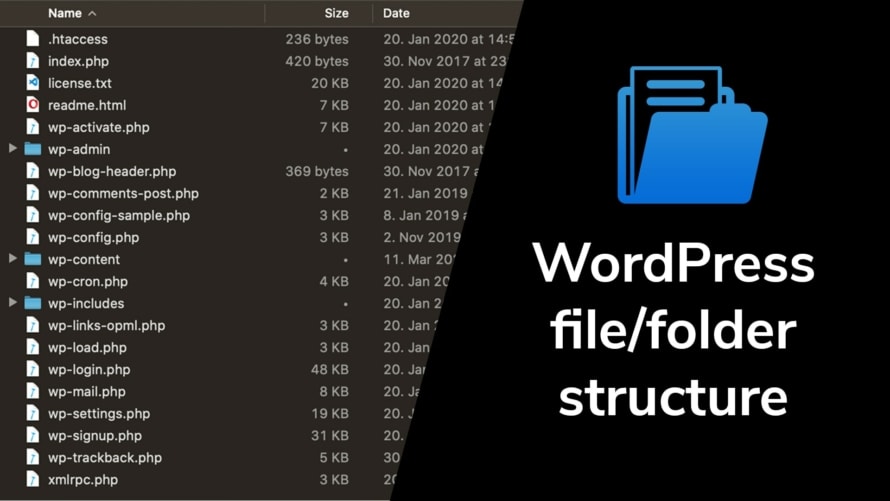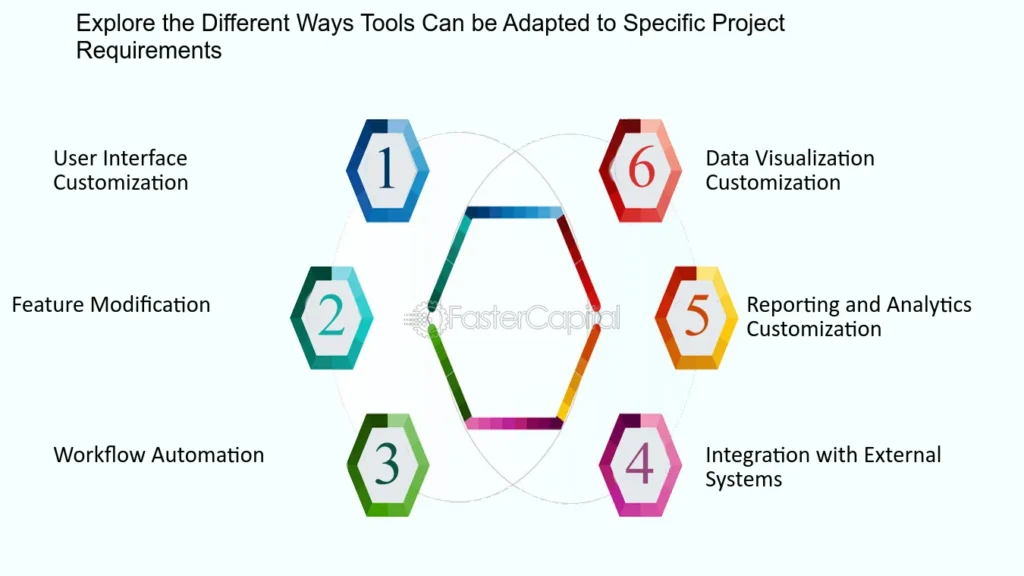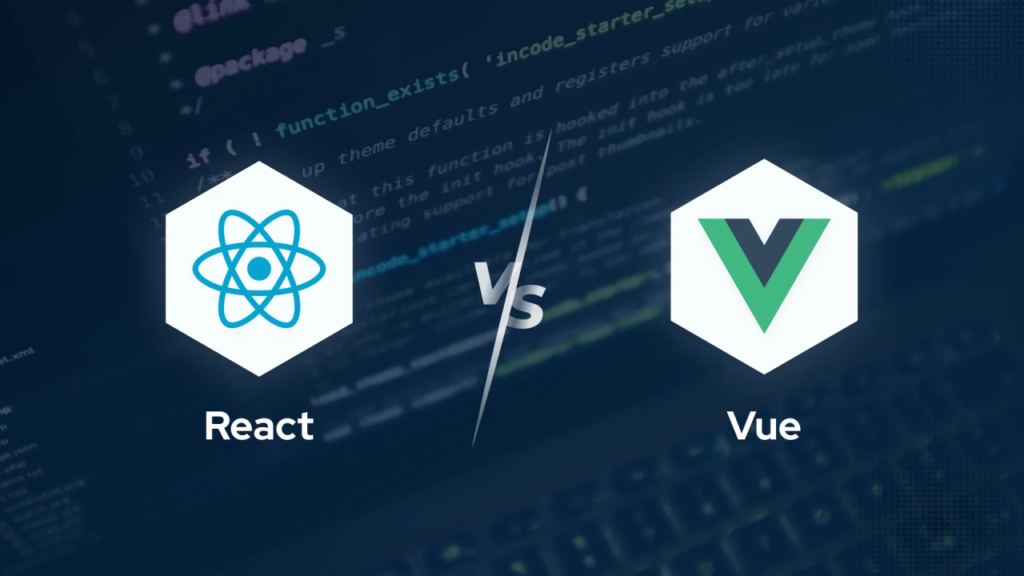Step 1: Log into Your WordPress Admin Dashboard
Enter your username and password.
Open your WordPress website and log in to your admin panel.
Password: In the second field, type your password.
- Make sure that your password is correct, as it is case-sensitive.
Go to yourwebsite.com/wp-admin.
Step 2: Navigate to the Login Page
In the address bar, enter the URL of your WordPress site followed by /This will take you to the WordPress login page.
Open your web browser.
Create the Theme Folder Structure

Example Theme Folder Structure:
Explanation of Folders and Files:
- assets/: Holds all static files like CSS, JS, images, and fonts.
- css/: Contains all the stylesheets. It often has a main
style.cssfile and other style-related files. - js/: JavaScript files, including any custom theme scripts.
- images/: Contains images used by the theme (like icons, backgrounds, etc.).
- fonts/: Custom fonts can be placed here.
- css/: Contains all the stylesheets. It often has a main
- templates/: Contains the main theme template files for a WordPress theme. Examples include:
header.php,footer.php,index.php,404.php,single.php: Basic template files.page.php,archive.php: Templates for pages and archives.
- parts/: This can be used for reusable theme components, like sidebar files, content blocks, or other template parts.
- languages/: If your theme is going to be translated,
.potfiles (Portable Object Template) should be stored here for localization purposes. - README.md: A description of the theme, setup instructions, and other relevant details.
- style.css: The main stylesheet.
- functions.php: WordPress-specific file that adds theme functionality.
- screenshot.png: Optional file used by WordPress to display the theme in the WordPress admin interface.
Customizing Based on Your Project:

- You can add or remove directories based on what your theme needs.
- If you’re working with a CSS preprocessor like Sass, you might add a folder for
.scssor.lessfiles under the assets/css/ directory.
1. Technology Stack
The structure can change based on the front-end frameworks or CMS you are using.
a. WordPress Theme

Copy codetheme-name/
└── screenshot.png
b. React or Vue.js Theme

For a theme built on a modern JavaScript framework like React or Vue.js, the structure will be component-focused:
javaCopy codetheme-name/
├── public/
│ └── index.html
├── src/
├── .env
├── package.json
└── README.md
Key additions:
- Components: Organize reusable components inside
src/components/. - State Management: Add folders for state management like
redux/orstore/if using Redux or Vuex.
c. Sass (SCSS) Integration

If you’re using Sass for styling, you should create an organized structure for your stylesheets:
csharpCopy codetheme-name/
├── assets/
└── ...
Explanation:
- base/: Base styles (reset, typography, etc.).
- components/: Component-specific styles (buttons, cards, etc.).
- layout/: Layout-related styles (grids, headers, footers).
- pages/: Page-specific styles for particular views.
- themes/: Theme-specific overrides or modifications (light mode, dark mode).
4. CMS/Framework-Specific Adjustments

- Shopify Theme: If you’re working with Shopify, the structure is different, with a focus on
Liquidfiles.arduinoCopy codetheme-name/ ├── assets/ ├── config/ ├── layout/ ├── sections/ ├── snippets/ └── templates/ - Gatsby/Next.js Theme: In static site generators or server-side rendering frameworks:arduinoCopy code
theme-name/ ├── src/ ├── pages/ ├── components/ ├── styles/ ├── public/ └── gatsby-config.js / next.config.js
5. Scalability and Maintenance
- Reusability: Think ahead about making components modular and reusable.
- Version Control: Make sure to include appropriate documentation (
README.md, etc.) and gitignore files (.gitignore) for proper version control.
Summary:
Customizing your folder structure is about organizing files for scalability, readability, and efficiency. Consider factors like:
- Project type (WordPress, React, Vue, Shopify)
- Technologies (Sass, JavaScript frameworks, build tools)
- Design patterns (Modular design, BEM methodology)
- Localization and accessibility needs



